MODERN FINE ART COLLECTION – MUSEUM OF FINE ARTS BUDAPEST
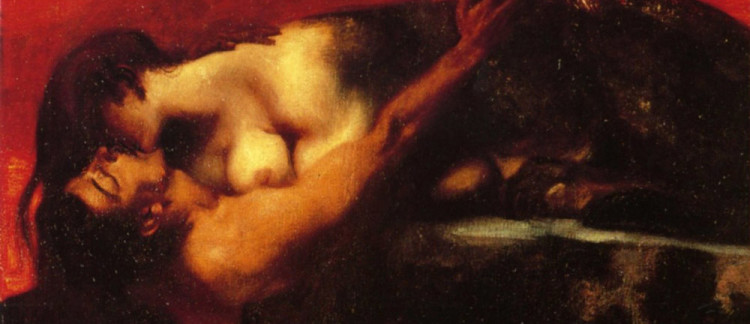
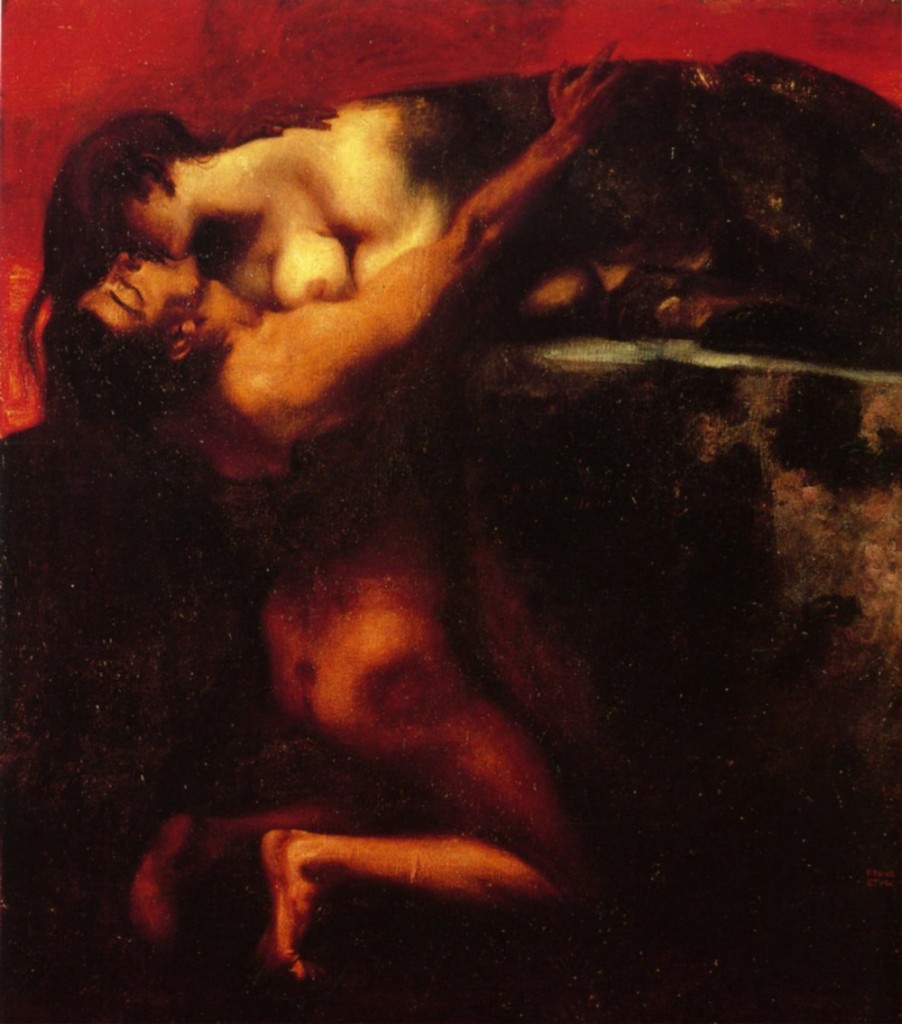
Modern Fine Art Collection
Museum of Fine Arts Budapest (Szépművészeti Múzeum)
Dózsa György út 41, Budapest 1146 – e-mail: info@szepmuveszeti.hu
Text by Vittoria Biasi – translated by Salvatore Rollo
The Museum of Fine Arts in Budapest (Szépművészeti Múzeum) has one of the richest and important collection of art from Middle Ages to twentieth century.
One of the important project of Hungarian cultural politics was the creation of a modern fine art collection in the same Museum.
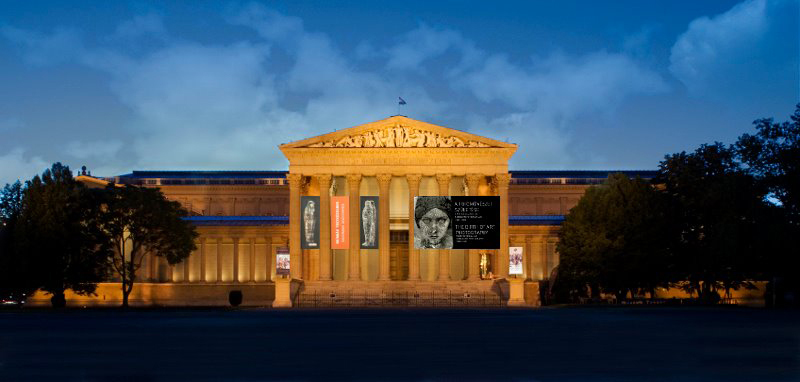
The current exhibition of permanent collection with its wide selection of works, underlines the similarities on artistic research in different European countries.
Following such a view and reading of the period, the Museum organizes a part of the collection in thematic sections and the aged great French artists are next to the outstanding ones of other nations. The thematic routes broaden the vision of period, in such a way the new exhibition space allows to bring out some excellent works, less frequently seen, or unfortunately stored away.
In the first room the group of Mythology shows the works of Hans Makart with Nessos Carries off Deineira (1895), light painting which seems to spring up from earth; of Franz von Stuck, The Kiss of the Sfinx (1895); of August Rodin, with his sculpture Sirens (1888); of Arnold Bȍcklin, Spring Evening. The selection of works proposed in the room is a grand melodrama. There isn’t the myth as a metalanguage!
In the second room the theme is Lust and Love. The artists exhibited are Franz von Stuck, The Spring; Pierre Puvis de Chavannes with Marie Magdalene; Maximilian Lenz with One Word; the sculpture of Franz von Stuck Dancing girl; the beautiful The Angel of life by Giovanni Segantini. The room is very romantic, with its delicate colours and gentleness of images!!!
The third room houses some works on Figure. We can see Maternity by Maurice Deris, Impression of a Concierge by Medardo Rosso, the Maternity by Eugène Carrière and Grandmother with child by Pierre Bonnard, Elek Petrovies and Simon Meller by Rippl-Ronai Jozef, Mother with child by Andres Zorn, the sculpture Seated women by Paul Troubetzokoy.
The Impression of Medardo Rosso is like a crumpled paper which takes the image of Woman.
The fourth room is on Idyll with works of Gallen-Kallela, Pekka Halonen, Leo Putze and the sculputure by Georges Minne Boy with a shell. Next room is on Landscape with Fernand Khnopf and Carl Moll. The last space is devoted to the hard language of Oscar Kokoscha with poster design for Der Strum, 1911 Veronika’s Veil (1911), and Petar Dabrovic, Mattis Teutschjanos.
The selected works focus a common culture from which the Twentieth century built its own language of research.
Vittoria Biasi
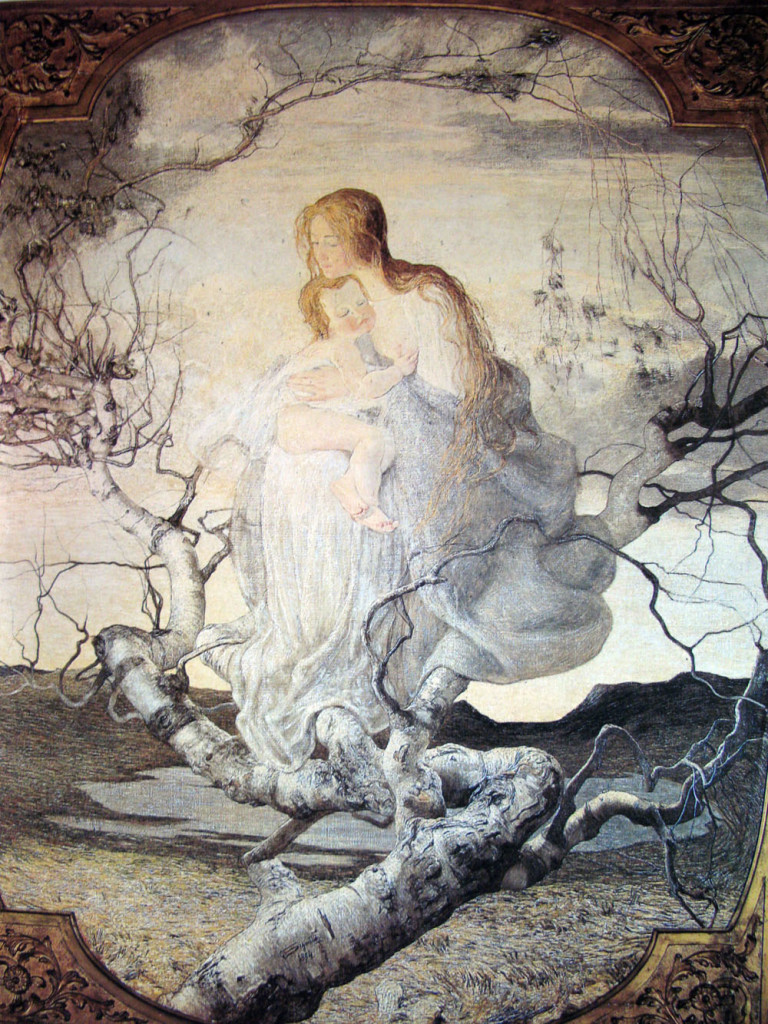
Collezione di Arte Moderna
The Museum of Fine Arts in Budapest (Szépművészeti Múzeum)
Dózsa György út 41, Budapest 1146 – e-mail: info@szepmuveszeti.hu
Testo di Vittoria Biasi
Il Museo di Arti Moderne (Szépmuvészeti Muzeum) ha una collezione d’arte tra le più ricche e moderne che spazia dal Medio Evo al secolo ventesimo. Uno dei progetti importanti della poltica culturale ungherese è stata la creazione di una collezione d’arte nel Museo di Budapest, con una larga selezione di opere. Questa mostra della collezione permanente sottolinea le analogie della ricerca artistica nelle diverse parti d’Europa.
Il Museo organizza una parte della collezione nella sezione tematica e i grandi maestri francesi del periodo sono prossimi agli artisti di rilievo delle altre nazioni. I percorsi tematici ampliano la visione del periodo. Il nuovo spazio espositivo esalta l’opportunità per i lavori eccellenti visti meno di frequente oppure che non sono in mostra.
La prima stanza contiene il gruppo tematico della Mitologia e mostra i lavori di Hans Makart – Nessos rapisce Deineira (1895), con la sua luminosità sembra spuntare dalla terra; di Franz von Stuck Il Bacio della Sfinge (1895); di August Rodin con la scultura Sirene (1888); di Arnold Bocklin con Sera di Primavera. La selezione delle opere proposta nella sala è un grande melodramma. Non c’è mitologia come metalinguaggio.
Nella seconda sala il tema è Passione e Amore. Gli artisti in mostra sono Franz von Stuck con la Primavera. Pierre Puvis de Chavannes con Maria Maddalena, Maximilian Lenz con Una Parola, la scultura di Franz von Stuck Ragazza che balla, Giovanni Segantini con il bello L’Angelo della Vita. La sala è molto romantica, con i colori delicati e la leggerezza delle immagini!!!
Nella terza sala sono ospitate le opere con il tema della Figura. Possiamo veder Maternità di Maurice Denis, L’impressione di un portiere di Medardo Rosso, la Maternità di Eugène Carrière e Nonna con bambino di Pierre Bonnard, Elek Petrovies e Simon Meller di Rippl-Ronai Jozef, Madre con bambino di Andres Zorn, la scultura Donne Sedute di Paul Troubetzokoy.
L’Impressione di Medardo Rosso è come una carta sgualcita che ha le sembianze della Donna.
La quarta sala ha come tema l’Idillio con le opere di Gallen-Kalela, Pekka Halonen, Leo Putze e la scultura di George Minne Ragazzo con una conchiglia. La sala successiva ospita il Panorama con Fernand Khnopf e Carl Moll. L’ultimo spazio è riservato al linguaggio duro di Oscar Kokoscha con il poster disegnato per Der Strum 1911 Veronika’s Veil (1911) e Petar Dabrovic, Mattis Teutschjanos.
Le opere selezionate enfatizzano una cultura comune da cui il 20mo secolo ha fatto nascere il linguaggio della ricerca.
Vittoria Biasi

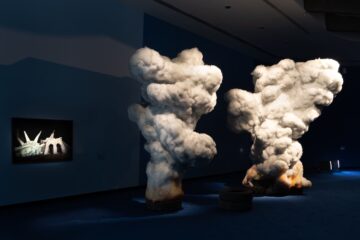


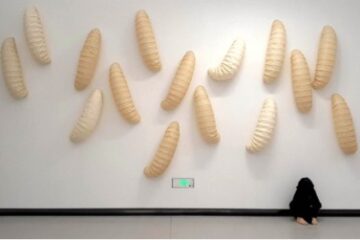

No Comment